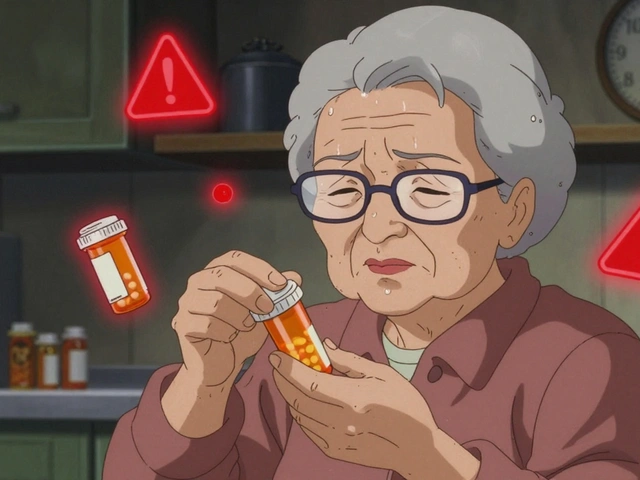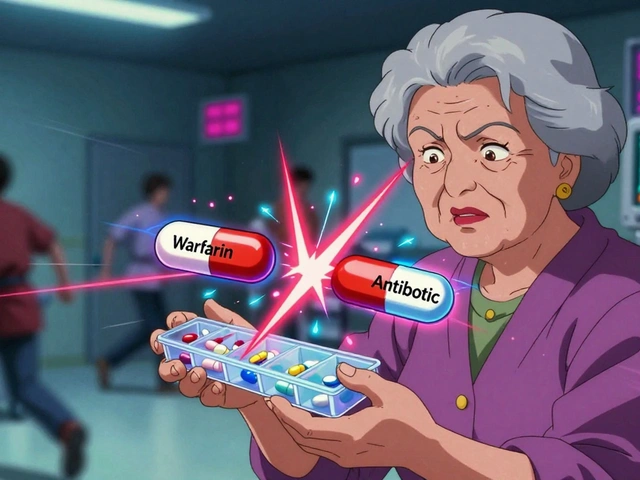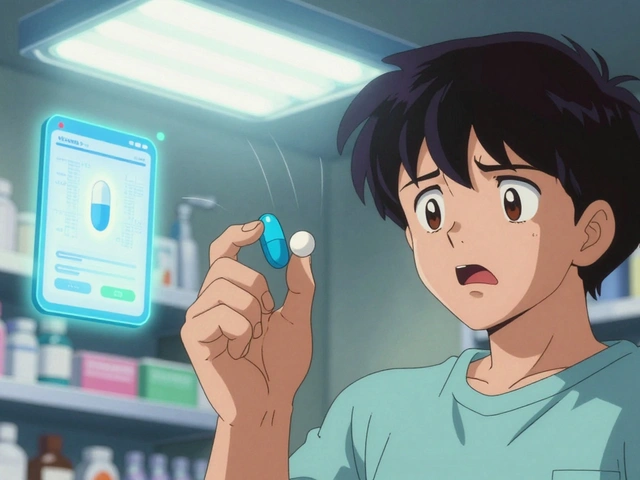Posttraumatic Stress Disorder (PTSD): Clear Facts and Practical Help
Did a painful event keep showing up in your mind long after it ended? That’s the kind of thing that can become posttraumatic stress disorder (PTSD). PTSD is more than bad memories — it changes how you think, feel, and act. This page gives a quick, useful guide to spotting PTSD, what actually helps, and how to get treatment safely.
How PTSD shows up
PTSD often includes four main signs: intrusive memories or flashbacks, trying to avoid reminders of the trauma, negative changes in mood or thinking (like feeling numb or guilty), and increased arousal (jumpiness, sleep trouble, or being easily irritated). If these problems last more than a month and hurt daily life — work, relationships, sleep — it’s time to talk to a clinician.
Symptoms can start right away or months later. Some people notice only sleep problems and nightmares at first. Others have panic attacks or get angry more quickly. Each person’s pattern is different, which is why the right approach depends on your symptoms and what feels safe to you.
Effective treatments that really work
Trauma-focused therapy is the strongest, most consistent help. Cognitive Processing Therapy (CPT), Prolonged Exposure (PE), and Eye Movement Desensitization and Reprocessing (EMDR) are the main options clinicians recommend. These therapies help the brain reprocess the traumatic memory so it stops triggering intense fear and avoidance.
Medications can reduce symptoms, especially anxiety, panic, and sleep problems. First-line medicines are SSRIs like sertraline and paroxetine, and the SNRI venlafaxine. Prazosin is often used for nightmares. Some clinicians may add short-term use of other meds for specific symptoms — for example, trazodone for sleep or quetiapine for severe agitation — but those come with side effects and need careful monitoring.
Combining therapy with medication often gives the best results. If therapy feels too intense at first, a clinician may start medication to stabilize sleep and mood, then introduce trauma work when you feel safer.
Self-help matters, too. Regular sleep, steady meals, moving your body, and steady contact with people you trust all support recovery. Avoid heavy alcohol or drug use — they make symptoms worse over time.
When thinking about medications online: use licensed pharmacies, require a valid prescription, and check reviews outside the vendor’s site. If a site sells controlled or psychiatric meds without a prescription, don’t use it. Telehealth services tied to licensed clinicians can be a safer route to get prescriptions and follow-up care.
If you or someone you know is feeling unsafe or thinking about hurting themselves, contact emergency services or a crisis line right away. PTSD is treatable, and many people get substantial relief with the right care and support. Start by reaching out to a primary care doctor, mental health clinic, or a trusted therapist to make a plan that fits you.





